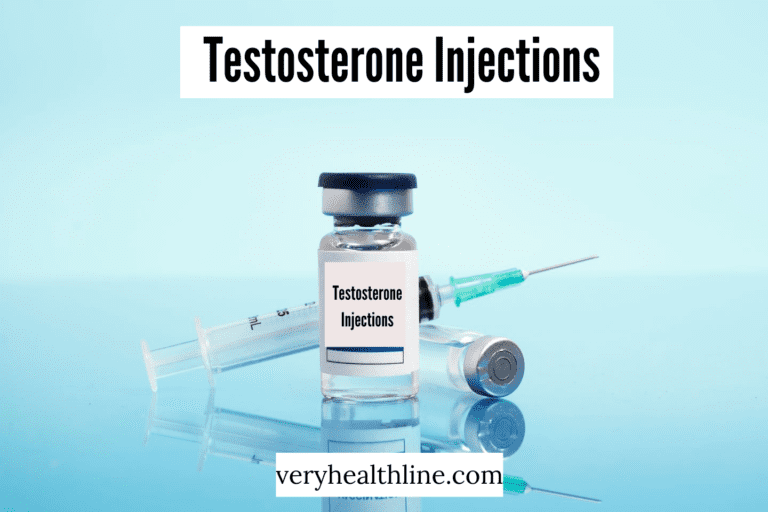Ice Machine for Knee Surgery: Ultimate Guide to Recovery

ACL reconstruction, knee replacement, and other knee surgeries can require weeks of recuperation and rehabilitation. Controlling pain and swelling is one of the most important parts of recovery. Although there are other approaches, ice therapy is one of the best and most often suggested. For those looking to speed up recovery, this Ice therapy machine can be a game-changer. It offers consistent, targeted cooling to help reduce swelling and ease pain, making your recovery smoother and more comfortable.
Ice machines for knee surgery have lately gained popularity among patients seeking focused, consistent, and efficient cooling. These devices are meant to deliver cold therapy over long periods of time, so keeping the knee cool and comfortable and so minimizing swelling and pain. This page will give you a thorough review of ice machines for knee surgery together with information on their operation, advantages, several models, and advice on selecting the best one for your needs.
This guide will help you understand how ice machines might improve your healing path and enable the recovery process to be as comfortable as possible, whether you are recovering from knee surgery yourself or supporting a loved one through their process.
What is an Ice Machine for Knee Surgery?
Usually referred to as a cold therapy machine or ice therapy system, an ice machine for knee surgery is a tool used to provide the afflicted knee continuous cold treatment. These devices are made to run chilled water through a pad around the knee, providing controlled, consistent cold therapy.
How Do Ice Machines Work?
Usually consisting of a water reservoir, a pump, and a pad or sleeve fit for around the knee, ice machines are The user loads ice and water into the reservoir. The pump then runs the water and ice mixture across the pad, which comes into touch with the skin. By lowering the temperature of the tissues surrounding the knee joint, the cold water helps to numb the area, ease swelling, and hasten healing.
Types of Ice Machines for Knee Surgery
There are several types of ice machines available on the market, each with unique features:
Portable Ice Therapy Machines
Often lightweight and simple to operate, these devices are meant for mobility and fit well for patients recovering at home since they are small enough to be used in many places.
Cold Compression Therapy Machines
These devices combine compression’s advantages with cold treatment’s ones. While the cold treatment lowers inflammation and pain, the compression aids to improve circulation and help to reduce swelling.
Ice Wraps and Pads
Certain ice makers are built with especially crafted pads or wraps that fit the knee. These are especially helpful for knee operations since they guarantee uniform and efficient application of the cold therapy to the knee joint.
The Importance of Ice Therapy in Knee Surgery Recovery
Long known as the pillar of post-surgical rehabilitation, particularly in knee operations, ice therapy mostly serves to relieve pain, reduce swelling, and encourage healing. The following explains the great relevance of ice therapy:
Reducing Swelling and Inflammation
Natural reaction to damage and surgery is swelling. Following knee surgery, the body’s healing process can cause fluid to build up in the tissues surrounding the knee joint. Too much fluid causes the knee to swell, which aggravates the pain and suffering. Ice treatment helps to constrict blood vessels, so limiting the flow of fluid to the area and so lowering swelling. Further lessening swelling and pain is the cold temperature’s reduction of the synthesis of inflammatory chemicals.
Pain Relief
By numbing the surrounding knee area, cold treatment functions as a natural analgesic. Early on in recovery, this drop in nerve sensitivity can offer great pain relief. In the first 48 to 72 hours following surgery, when swelling and pain are at their worst, ice therapy can be especially helpful.
Faster Recovery and Reduced Bruising
By encouraging the flow of oxygen and nutrients to the tissues, which speeds healing, cold treatment can help hasten recovery. By limiting blood flow into the surrounding tissues and constricting blood vessels, it also helps to lessen bruising extent.
Choosing the Right Ice Machine for Knee Surgery
To make sure an ice machine for knee surgery satisfies your particular requirements, one should take several factors into account. These important factors should help you to direct your choice:
Ease of Use
Even for those with little knowledge of medical equipment, the best ice makers should be easy to run. Seek for devices with simple controls, clear directions, and easy setup. Many machines have adjustable settings so you may personalize the cold treatment to fit your comfort level.
Size and Portability
Should you intend to use the ice machine at home, you might want a small, portable model that can be quickly carried between rooms or to other sites. Think on the reservoir size of the machine; a larger reservoir would enable longer therapy sessions free from need for a refill.
Cold Compression Options
To speed healing, some ice machines mix cold treatment with compression. Compression gently squeezes the afflicted area to help lower swelling and promotes the movement of extra fluid away from the knee joint.
Quiet Operation
Comfort is absolutely vital during recovery. If you intend to use an ice machine overnight or for extended periods of time, especially, choose one that runs quietly. A noisy machine can be distracting and make relaxation challenging.
Price and Warranty
The features and quality of an ice machine will determine its price significantly. Though some machines are reasonably priced, others can be rather costly. Given your budget, search for machines with warranties since this will help to guard your investment.
How to Use an Ice Machine for Knee Surgery
Using an ice machine correctly is crucial to achieving the best results. Follow these general guidelines for optimal use:
Fill the Reservoir
Following manufacturer directions, start by adding ice and water to the reservoir. Avoid overfilling the tank since this will compromise the operation of the machine.
Place the Pad Around the Knee
Round the knee joint with the pad or wrap. Make sure the pad is tight but not overly so as this could restrict blood flow. Certain pads are changeable and made to fit varying knee width.
Set the Temperature and Time
On the machine, set the treatment time and intended temperature. Sessions last usually twenty to thirty minutes. Extended cold treatment should not be left on since this might cause skin damage or frostbite.
Monitor for Comfort
Watch the treatment area for any indicators of discomfort, such numbness or skin irritation. Should this take place, stop the treatment and take off the pad.
Benefits of Using an Ice Machine for Knee Surgery
The advantages of using an ice machine for knee surgery are numerous, from pain relief to improving the overall healing process. Below are some of the top benefits:
Continuous Cold Therapy
Unlike conventional ice packs, which must be replaced often, ice machines guarantee constant cooling, so reducing swelling over long periods and ensuring consistent pain relief.
Convenient and Time-Saving
Ice machines do away with the need for ongoing observation and ice pack replacement. You just arrange the machine, change the settings, and let it do the work for you.
Enhanced Comfort and Mobility
Ice machines enable you to remain more comfortable and mobile during the recovery process by lowering pain and swelling. Because you will be able to move your knee more readily and with less pain, physical therapy sessions will be more effective.
Reduced Need for Pain Medications
Effective ice therapy may help patients find they depend less on prescription painkillers. This can especially help one avoid the side effects connected with painkillers.
Conclusion
Although recovering from knee surgery can be a protracted and difficult process, you can make your recovery more controllable with the correct tools an ice machine, for instance. Targeted cold therapy offered by ice machines helps to lower swelling, ease pain, and hasten healing. Whether your postoperative regimen calls for a portable model, a cold compression unit, or a basic ice pad, including ice therapy will have major results.
By selecting the right ice machine and using it correctly, you can help ensure a smoother, more comfortable recovery and get back on your feet faster. Always consult your healthcare provider before starting any new treatment to ensure that it’s the best option for your specific condition.



